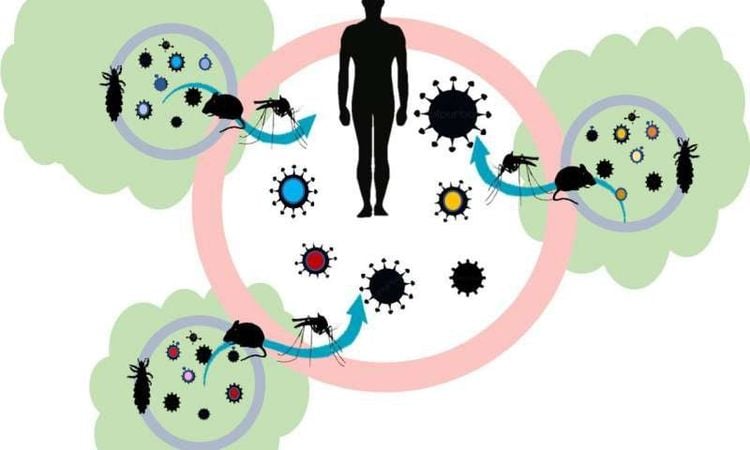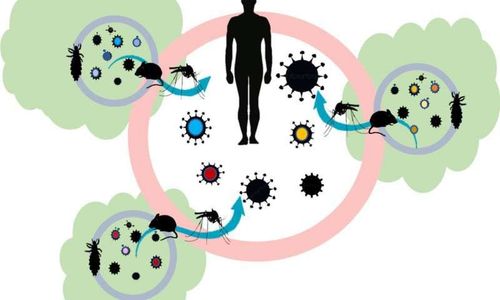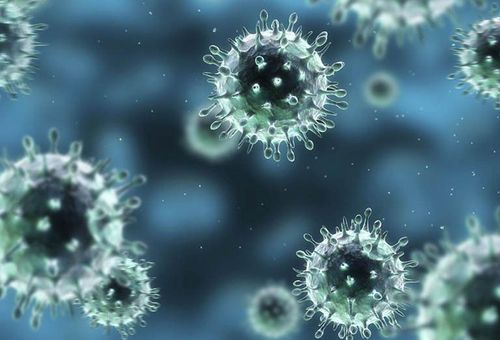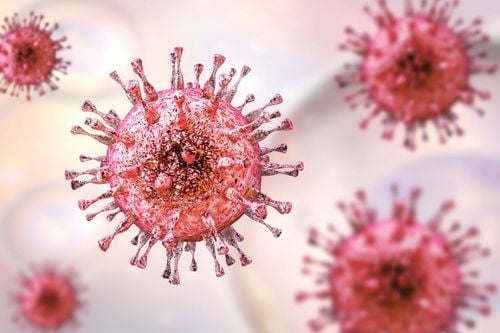This is an automatically translated article.
Epidemiology has more and more direct influence on life and people's dependence on epidemiology will increase in a changing world. The following article will help each person have more information about descriptive epidemiology.
1. Steps of descriptive epidemiological research
Aggregation and analysis of data over time, place and people is necessary because:
First, by looking at the data carefully, epidemiologists can identify information based on data with available variables, its limit and its eccentricity (e.g. all cases aged 2 months to 6 years, plus one 17 years old.). Second, the epidemiologist learns the extent and pattern of the public health problem under investigation - which months, regions, and groups of people have the most cases and the fewest. Third, the epidemiologist creates a detailed description of a population's health by presenting it through tables, charts, and maps. Fourth, the epidemiologist can identify areas or groups in a population that have a high prevalence of the disease. This information in turn provides important clues for the identification of disease causes and testable hypotheses.

Các nhà dịch tễ học có thể xác định các thông tin dựa vào dữ liệu với các biến có sẵn
2. Factors to be determined when studying descriptive epidemiology
2.1. Time
The occurrence of epidemics changes over time. Some of these changes occur frequently, while others are unpredictable. Two diseases that commonly occur during certain times of the year are influenza (winter) and West Nile virus infection. In contrast, diseases like hepatitis B and salmonella infections can occur at any time. For diseases that occur seasonally, health officials can predict their occurrence and take control and prevention measures, such as flu vaccination campaigns or insecticide sprays. For diseases that occur suddenly, investigators can conduct studies to determine the causes and modes of transmission, and then take appropriately targeted actions to control or prevent them. occurrence of disease.
In either case, showing patterns of disease occurrence over time is important to track the emergence of disease in the community and to assess whether public health interventions are creating difference or not.
Time data is usually displayed with a two-way graph. The vertical or y-axis usually shows the number or proportion of cases; The horizontal or x-axis shows time periods such as years, months, or days. The number or proportion of cases plotted over time. Graph of disease occurrence over time is usually plotted as a line chart or a column chart
2.2. Location
Description of disease occurrence by place provides insight into the geographic extent of the disease and the geographic change in outbreaks. Location-based disease characteristics relate not only to residence but also to any geographic location associated with disease occurrence. These locations include the place of diagnosis or report, place of birth, place of work, school district, hospital unit, or recent travel destinations. The extent of that outbreak can be large, such as a continent or country, or a narrow one. Sometimes location does not refer to a specific location at all such as urban or rural, domestic or foreign...
Analysis of data by location can identify communities at risk of disease higher. Even if the data can't reveal why these people are at increased risk, it can help generate hypotheses to test with additional studies. For example, a community is at increased risk of disease because of characteristics of those in the community such as genetic factors, reduced immunity, risky behavior, or exposure to local or food toxins. contaminated products? The increased risk, especially of an infectious disease, can be attributed to the characteristics of the pathogen such as a particularly virulent strain, breeding sites, or organism-to-human transmission factors. ? The increased risk can be attributed to environments that carry agents that cause disease to spread rapidly, such as overcrowding in urban areas that increase the risk of person-to-person transmission, or multiple homes. built in an area prone to disease-causing bacteria.

Phân tích dữ liệu theo địa điểm có thể xác định các cộng đồng có nguy cơ mắc bệnh cao hơn
2.3. People
Because individual characteristics can influence health status, organizing and analyzing patient data can use inherent characteristics (e.g. age, sex, race), biological characteristics (immune status), acquired characteristics (marital status), activities (occupation), recreational activities, drug/tobacco use, or site conditions where they live (socioeconomic status, access to medical care). Age and sex are the two factors that are present in most data sets and are the two most commonly analyzed characteristics in people. However, depending on the disease and available data, analyzes for other variables are often needed. Usually descriptive epidemiologists begin their analysis of human data by looking at each variable separately. In some cases, two variables such as age and sex can be tested simultaneously.
Age : Age is perhaps the most important attribute, because almost every health-related issue changes with age. Several factors also vary with age including: Sensitivity, chance of exposure, latency or incubation period, and physiological response (which affects disease development). When analyzing data by age, descriptive epidemiologists attempt to use age groups that are narrow enough to detect any possible age-related patterns in the data. Gender: Men have higher morbidity and mortality rates than women because of many diseases. For some diseases, this sex-related difference is due to genetics, hormones, anatomy, or an inherent difference between the sexes. These differences inherently affect susceptibility or physiological response. For example, premenopausal women have a lower risk of heart disease than men of the same age. This difference is thought to be due to higher estrogen levels in women. On the other hand, sex-related differences in the occurrence of many diseases reflect differences in chance or exposure. For example, the difference in lung cancer rates over time between men and women. The difference noted in previous years has been attributed to higher rates of smoking among men in the past. Unfortunately, smoking rates among women are now comparable to those of men, and lung cancer rates among women have increased as a result. Ethnic and Racial Groups: Sometimes epidemiologists are interested in analyzing data about people according to biological, cultural, or social groups such as race, nationality, religion, or social groups associations such as tribes and geographical groups. Differences in race, ethnicity, or other groups may reflect differences in susceptibility or exposure, or differences in other factors that influence disease risk, such as socioeconomic status. society and access to health care services. Socio-economic conditions: Socio-economic status is difficult to quantify. It is made up of many variables such as occupation, family income, education level or census track, living conditions, and social standing. The variables that are easiest to measure may not accurately reflect the overall concept. Descriptive epidemiologists often use occupation, family income, and education level, however, they also recognize that these variables do not accurately measure socioeconomic status.

Tần suất của nhiều tình trạng sức khỏe bất lợi tăng lên khi tình trạng kinh tế xã hội giảm
The frequency of many adverse health conditions increases as socioeconomic status decreases. For example, tuberculosis is more common in people of lower socioeconomic class. Infant mortality and time lost work due to disability are both associated with lower income. These patterns may reflect high exposure, lower resistance, and less access to health care.
Some adverse health problems occur more frequently in people with higher socioeconomic status. Gout is known as the disease of the rich because it is related to the consumption of quite rich foods. Other conditions associated with higher socioeconomic status include breast cancer, Kawasaki syndrome, chronic fatigue syndrome.
Vinmec International General Hospital with a system of modern facilities, medical equipment and a team of experts and doctors with many years of experience in medical examination and treatment, patients can rest assured to visit. examination and treatment at the Hospital.
Please dial HOTLINE for more information or register for an appointment HERE. Download MyVinmec app to make appointments faster and to manage your bookings easily.
References: cdc.gov, apps.who.int
SEE ALSO
Core function of epidemiology How do vaccines help strengthen the body's immune system? Physical activity is the best way to strengthen the immune system













